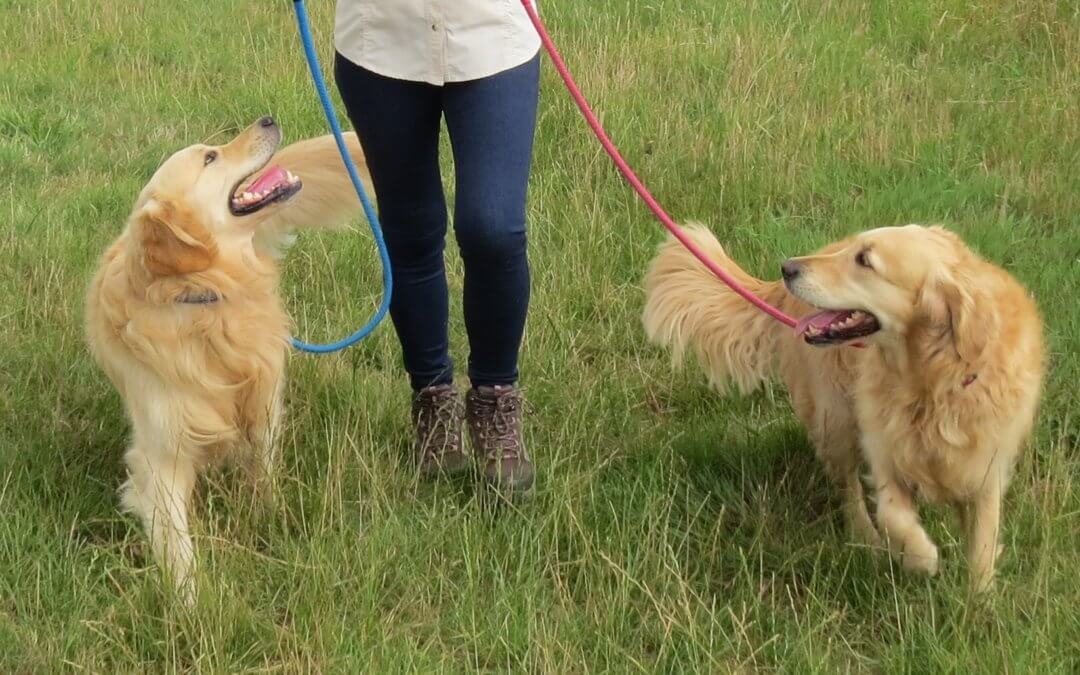Alabama Rot which is also known as CRGV (Cutaneous and Renal Glomerular Vasculopathy), is a very rare but potentially life-threatening disease. It is a disease that damages blood vessels in the skin and kidneys. It causes blood to clot in the vessels which damages the lining and the tissues of the kidneys. Although the disease is rare, it has been increasing in the UK over the last decade. There were six cases in 2012, 52 in 2018, 29 last year and sadly there have already been 12 cases confirmed this year.
The first sign of Alabama Rot is usually a skin sore or lesion/ulcer which has not been caused by any known injury. The sores and lesions can be found on paws, legs, the face, the mouth and the tongue. Symptoms than can follow are lethargy, or a loss of energy, loss of appetite and not wanting to eat, and vomiting.
Please note that skin sores and sudden kidney failure can be due to other diseases but getting your dog to your vets at the earliest opportunity is vital. The earlier this disease is caught and treated by a vet, the higher the chances of recovery. Very sadly, 80% per cent of all cases lead to death as often kidney failure has set in by the time it is diagnosed. Even if you have the slightest concern a vet visit is highly recommended.
The cause of Alabama Rot is unknown although it is thought to thrive in cold, wet soil. Some reports in the US suggest it is linked to the bacteria E.coli, but there is no evidence for this in cases seen in the UK. It can affect all breeds, sizes and ages of dog. The majority of dogs who have been treated for Alabama Rot in the UK have been walked in muddy and/or woodland areas with more cases being reported between November and May.
As there is currently no vaccine for preventing Alabama Rot and as the source is unknown, there is no way of ensuring you stay away from the cause.
Therefore, owners and dog walkers should take their own preventative measures.
1. Where possible try to stick to dry paths and keep dogs out of muddy or wet areas. If Alabama Rot has been reported near you, definitely avoid muddy and woodland areas.
2. Wash any mud off your dogs when they return home. This hasn’t been proven to work but it could help and at the very least will allow you to inspect your dog properly for any signs.
3. Check for any lesions or signs of redness or sores, especially on their paws, legs and face.
4. And then generally checking your dog’s body once a day for lumps and bumps is a good habit for all dog owners. But also checking them regularly for the signs mentioned above will help lower the risk of your dog’s life becoming threatened by Alabama Rot.
Not all dogs who have skin sores go on to have kidney problems but early treatment by a vet is vital. If you notice any sores on your dog, speak to your vet immediately to rule out Alabama Rot.
Thankfully, Alabama Rot is not always fatal and the earlier it is caught, the greater your dog’s chances of survival.
You can check on the link below to review all reported cases, where they were and when reported.
https://www.vets4pets.com/pet-health-advice/alabama-rot/


Recent Comments